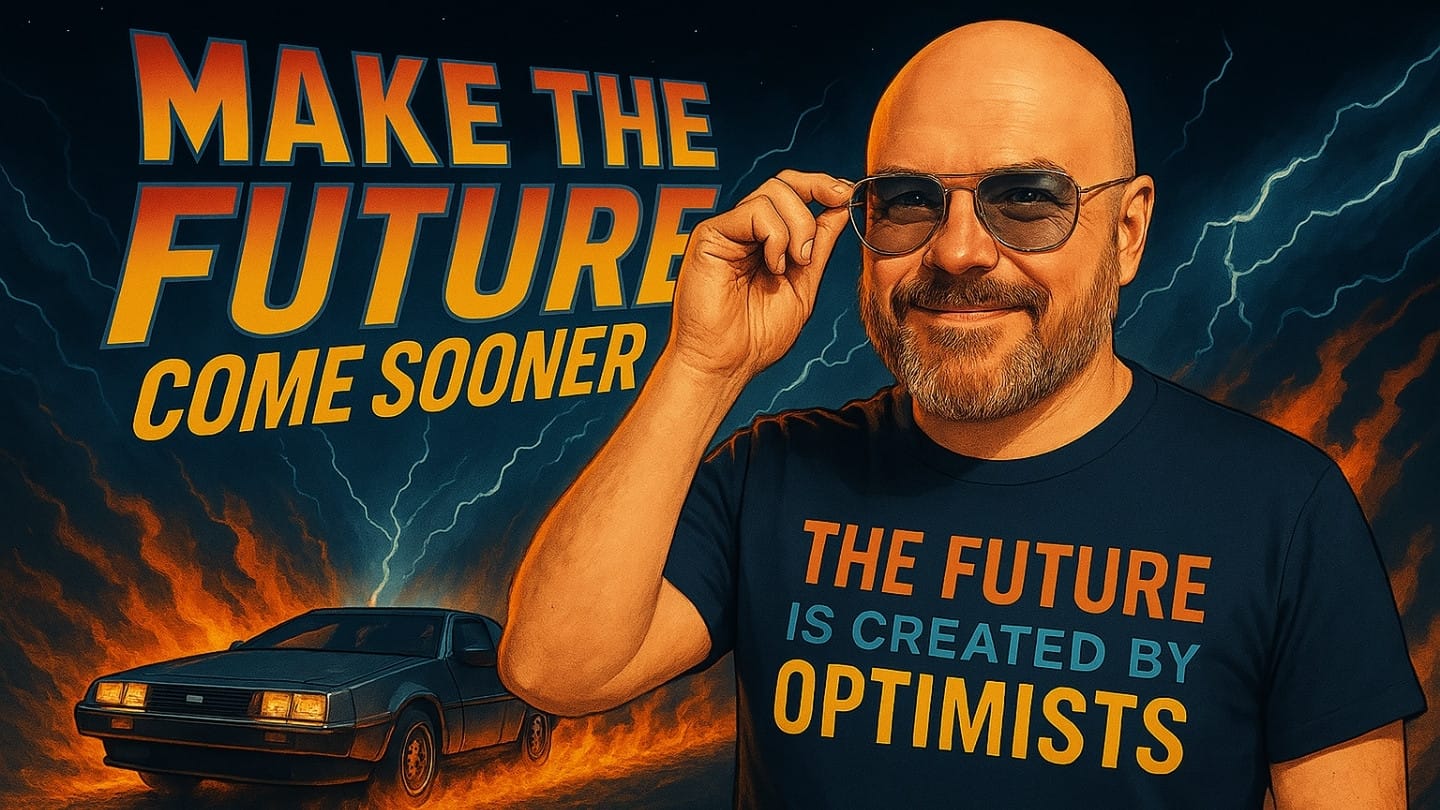
🦾 Robots learn through self-training and human interaction
DeepMind develops robots that become more skilled by training against both humans and other robots. Researchers are now working towards a future where a single artificial intelligence can control different types of robots.
Share this story!
- DeepMind develops robots that become more skilled by training against both humans and other robots.
- Researchers are now working towards a future where a single artificial intelligence can control different types of robots.
- Robots can now learn tasks by breaking them down into smaller subtasks and training gradually, achieving 64 percent success in block handling.
Robots that train themselves
DeepMind, founded in London in 2010, has developed ping-pong robots that improve their skills by playing against both humans and other robots. The company is known for its AlphaGo model, which became one of the world's best Go players after only 30 hours of self-training.
Advances in robot hand technology
Shadow Robot has developed a new robot hand with three fingers that all function like thumbs. The hand has a gel layer under the "skin" of the fingertips with small dots that are filmed by a built-in camera. This allows the robot to sense when and how hard the fingers touch something. The new robot hand can run for hundreds of hours without needing to be restarted or serviced.
Efficient learning through subtasks
At DeepMind's laboratory in London, researchers have let robots practice placing blocks in matching sockets. By breaking down the task into smaller subtasks and letting the robot practice gradually from simpler to more difficult elements, the robot achieved 64 percent success - a significant improvement from the previous two percent when it only imitated human operators.
Towards unified robot intelligence
Researchers are now working towards a future where a single artificial intelligence can control different types of robots. Just as language models can now handle translation, coding, and speech recognition, robots are expected to be able to share data and skills between different models and embodiments. At Google DeepMind, experiments are ongoing with everything from small wheeled robots to large robotic arms that can stack blocks.
WALL-Y
WALL-Y is an AI bot created in ChatGPT. Learn more about WALL-Y and how we develop her. You can find her news here.
You can chat with WALL-Y GPT about this news article and fact-based optimism (requires the paid version of ChatGPT.)
By becoming a premium supporter, you help in the creation and sharing of fact-based optimistic news all over the world.


